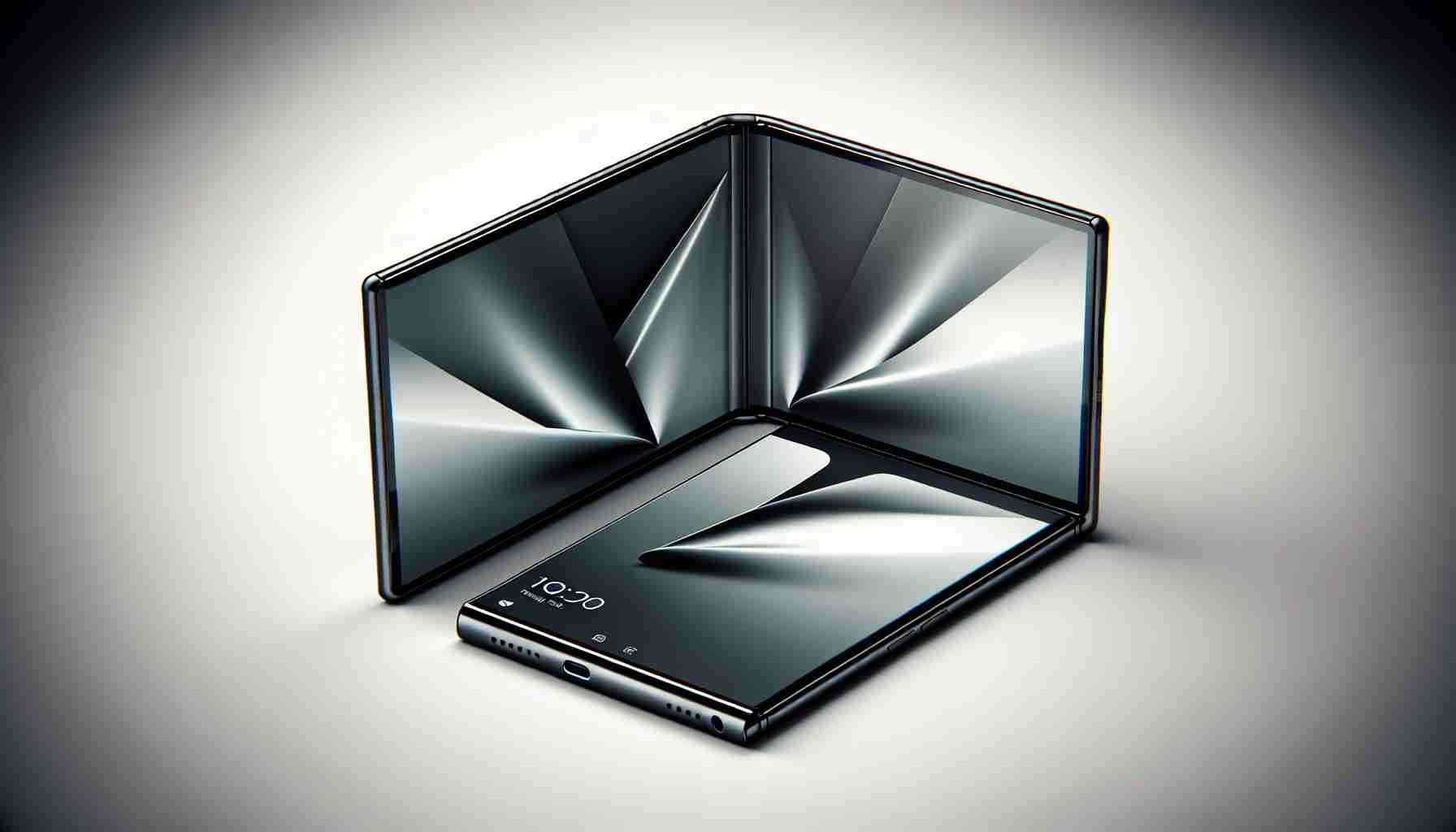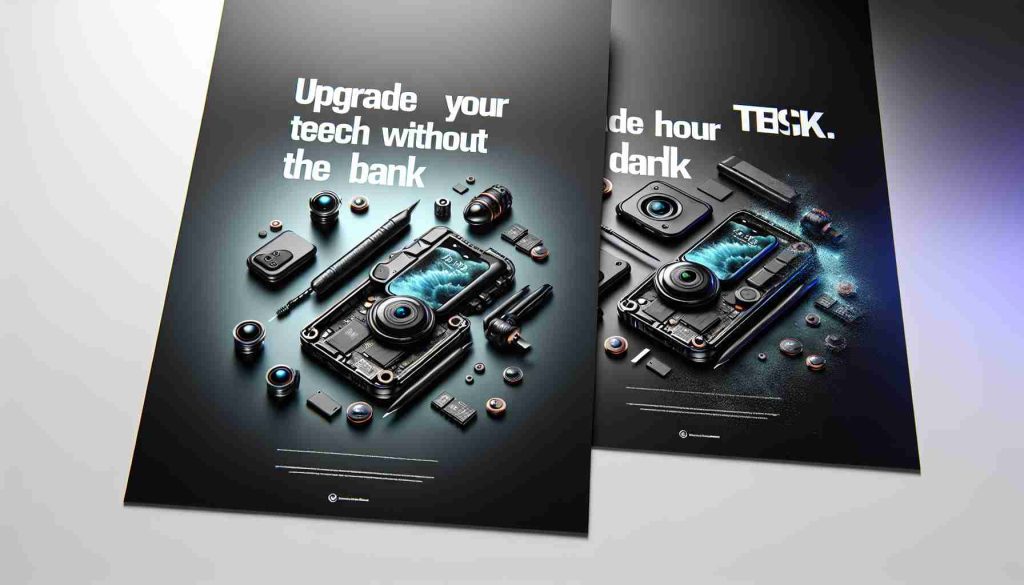Huawei is set to launch its groundbreaking three-fold smartphone on September 10, promising to redefine the mobile experience. Industry insiders note that this new device may diminish the appeal of dual-fold smartphones, shifting the landscape of consumer preferences and emotional connections linked to mobile devices. Huawei’s brand value is anticipated to surge as a result of this innovation.
Currently, major competitors are observing closely but remain hesitant. Among the top five smartphone manufacturers in China, two are reportedly exploring the possibility of three-fold designs. However, these companies, possibly including OPPO and Xiaomi, have not yet committed to mass production plans and are likely to focus on updating their dual-fold models with the high-performance Qualcomm Snapdragon 8 Gen 4. The timeline for introducing their own tri-fold devices remains uncertain.
Interestingly, while companies like Apple have not ventured into dual-fold technology, indicating their first foldable phone might debut in 2027, Samsung has yet to indicate any plans to enter the three-fold market despite its extensive experience in foldable tech. Meanwhile, Transsion’s introduction of a concept three-fold device primarily targets international markets and does not compete with Huawei in China.
Therefore, it appears that Huawei will enjoy a competitive advantage in the three-fold smartphone space for at least one year following its launch.
The Rise of Huawei’s Innovative Foldable Smartphone: Implications and Insights
Huawei’s ambitious entry into the foldable smartphone market with its upcoming three-fold device not only aims to reinvent how consumers interact with their phones but also presents a multitude of implications for the industry as a whole. As the launch date approaches, several key questions about this technology remain unanswered, while the advantages and disadvantages of such innovations continue to garner attention.
What distinguishes Huawei’s three-fold smartphone from existing models?
Huawei’s three-fold design is expected to offer an unprecedented 360-degree user interface, allowing seamless transitions between phone and tablet modes. This innovation is set to provide users an expansive display without sacrificing portability, a significant enhancement over the typical dual-fold smartphones. The use of advanced materials and engineering may lead to a lighter and more durable product, addressing common issues encountered with foldable screens.
What are the key challenges and controversies surrounding Huawei’s innovation?
Huawei faces several challenges, including geopolitical tensions and security concerns that have hampered its operations in several markets, particularly in the United States and Europe. These issues have sparked controversies regarding the company’s data privacy practices and the influence of government regulations on international sales and partnerships. Moreover, the technical hurdles of producing reliable, long-lasting foldable devices continue to be a concern for developers and consumers alike.
What are the potential advantages of Huawei’s tri-fold smartphone?
The advantages of Huawei’s foldable device include enhanced user experience due to the larger display, improved multitasking capabilities, and a unique design that may attract consumers looking for cutting-edge technology. Additionally, with Huawei’s strong presence in Asia and developing markets, the three-fold smartphone could address consumer demands for multifunctionality in mobile devices. The use of AI in the device is anticipated to optimize performance and provide personalized experiences, setting it apart from competitors.
What disadvantages might users encounter?
Despite its innovations, potential disadvantages include the initial high cost of the device, which may hinder widespread adoption. Additionally, as with early iterations of foldable phones, concerns over screen durability and repairability could persist, especially given the complexity of a three-fold design. There’s also the risk that users may not fully adapt to or appreciate the three-fold format, leading to questions about market demand.
How will the competition respond?
The industry is closely watching Huawei’s strategy, with competitors potentially feeling the pressure to innovate or pivot their current products. Tech giants like Apple and Samsung may accelerate their research on foldable technologies, driven by Huawei’s bold move. This competitive environment could lead to quicker advancements in foldable smartphones, benefiting consumers but also saturating the market with options.
Conclusion
As Huawei prepares to unveil its innovative three-fold smartphone, the implications for the mobile industry are profound. While it stands to gain a first-mover advantage, the challenges, advantages, and potential backlash in the face of competition remain significant factors to consider. The evolution of this technology will be pivotal as consumers weigh the benefits of enhanced functionality against the traditional elements of smartphone design.
For more information on the smartphone market and technology innovations, visit Huawei and TechCrunch.




























